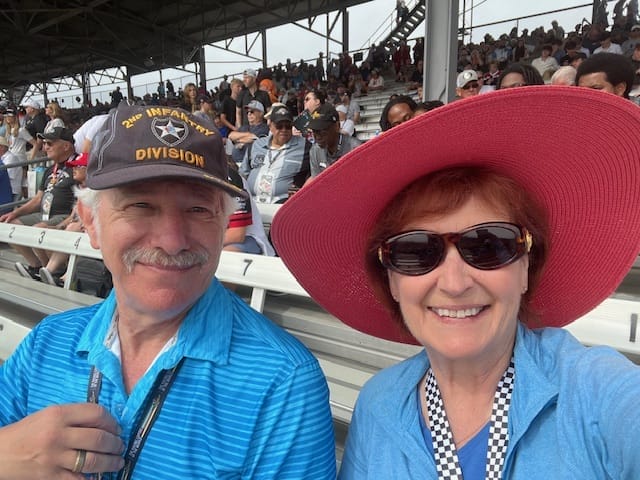As the RV travel community keeps expanding, it’s honestly more important than ever to stay updated on the latest trends and tips. You want your adventures to be as fun and safe as possible, right?
Recently, someone shared a pretty comprehensive guide about why backing in slowly when parking your RV actually matters. This guide is packed with practical advice—useful for both newbies and seasoned RVers.
Let’s break down the key points from this guide so you’ll have what you need for your next trip.
Why Backing In Slowly Matters
Backing in slowly isn’t just a suggestion. It’s honestly a crucial habit for keeping your RV, other vehicles, and people around you safe.
When you take your time, you lower the risk of accidents and damage. It also helps your RV last longer and makes the whole travel experience smoother.
Safety First
Safety is the number one reason to back in slowly. RVs are huge, with some pretty serious blind spots, so seeing everything around you can be tough.
Moving slowly gives you extra time to react if something unexpected pops up, like:
- Children playing nearby
- Other vehicles
- Low-hanging branches
- Parked bicycles or equipment
Going slow also lets your spotter give you better directions. That reduces the odds of miscommunication or an accident.
Protecting Your Investment
Your RV probably wasn’t cheap, so taking care of it just makes sense. Backing in slowly helps you avoid scratches, dents, or other damage.
This careful approach keeps your RV looking and working great for a long time. Who wants to fix dings if you can avoid them?
Techniques for Backing In Slowly
Backing in an RV well takes patience, practice, and a few solid techniques. Here’s what can help you get the hang of it:
Use a Spotter
A spotter is almost like an extra set of eyes when you’re backing in. They can give you real-time feedback and help you avoid tight squeezes or hidden obstacles.
Before you even start, agree on clear hand signals and how you’ll communicate. Saves a lot of hassle later.
Take Your Time
Rushing is a recipe for mistakes. Move slowly, and don’t be afraid to pause and look around before making adjustments.
It’s honestly better to spend a few extra minutes parking than to deal with a headache later.
Practice Makes Perfect
The more you practice, the easier it gets. Try setting up a practice area with cones or markers to mimic different parking situations.
Over time, you’ll build the confidence and muscle memory to back in smoothly.
Tools to Assist with Backing In
There are plenty of tools out there that can make backing in your RV less stressful. These can boost your visibility and give you a bit more peace of mind.
Backup Cameras
Many newer RVs already have backup cameras. They give you a clear look at what’s behind you.
If yours doesn’t, you might want to grab an aftermarket one. Real-time video can seriously help when you’re squeezing into a spot.
Parking Sensors
Parking sensors are another handy gadget. They beep when you get too close to something, which can help you avoid bumps.
They’re especially useful if you’re parking in a crowded or unfamiliar place.
Wheel Chocks
Wheel chocks aren’t just a formality—they keep your RV from rolling once you’re parked. That’s a little peace of mind you don’t want to skip.
Always use them, especially if you’re on a slope or uneven ground.
Common Mistakes to Avoid
Even folks with lots of experience slip up sometimes. Here are a few mistakes to watch for—and how to steer clear of them:
Rushing the Process
Rushing is probably the most common mistake. Slow down, take your time, and don’t let impatience get the best of you.
Ignoring Your Spotter
Your spotter’s there for a reason. Listen to their guidance, and don’t try to go it alone.
Clear communication is key—trust them, and you’ll both be better off.
Overlooking Obstacles
Always scan your surroundings before you start backing in. Look for things like low branches, uneven ground, or random obstacles.
A quick inspection can save you from a lot of hassle later. Why not take a second to double-check?
Conclusion
Backing in slowly really matters for every RVer. Honestly, it’s not just about safety—it’s about protecting your rig and keeping your nerves in check.
Take your time. Practice makes a difference, even if it feels awkward at first.
Ask a spotter for help or lean on those handy parking cameras. Why not use every tool available?
If you want more tips or real-world advice, check out this guide on backing in slowly. There’s always something new to pick up.
Safe travels out there, and don’t stress the parking too much!

